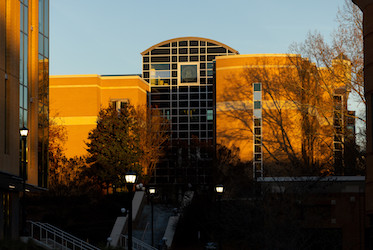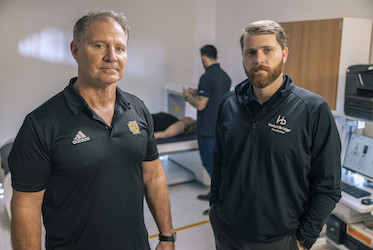
Fighting to Save America’s Bats (The New York Times)
KENNESAW, Ga. | Apr 16, 2018
Four scientists in Tyvek suits and rubber boots carried an aluminum fishing boat toward an opening in a granite rock face in northern Georgia. Mist cascaded from surrounding mountains, curling over swollen streams, obscuring signs for turnoffs like Warwoman Road. This was “Deliverance” country; the 1972 film was shot nearby.
Along with a half-dozen researchers, I stood in the rain on the last day of an unusually warm February as the white-clad figures entered Black Diamond Tunnel, a segment of a never-completed railway begun in the 1850s that is now partly flooded. They set the boat beside a makeshift landing, climbed aboard, switched on helmet lamps and set off down a black river.
Christopher Cornelison, a research assistant professor and principal investigator at the BioInnovation Laboratory at Kennesaw State University, watched his colleagues recede into Stygian blackness. Last year, they sprayed an antifungal agent in the tunnel to see if it would protect the bats that live there against a pathogen that has decimated bat populations across the country. Now they were back to see the results.
Click here for the full story.
Related Stories

Kennesaw State partnership equips local entrepreneurs with tools for success

Kennesaw State researcher applies mathematical modeling expertise to health care systems

Kennesaw State departments collaborate on health-related website

Kennesaw State's mental health initiatives aim to combat national trends
A leader in innovative teaching and learning, Kennesaw State University offers undergraduate, graduate and doctoral degrees to its more than 45,000 students. Kennesaw State is a member of the University System of Georgia with 11 academic colleges. The university’s vibrant campus culture, diverse population, strong global ties and entrepreneurial spirit draw students from throughout the country and the world. Kennesaw State is a Carnegie-designated doctoral research institution (R2), placing it among an elite group of only 7 percent of U.S. colleges and universities with an R1 or R2 status. For more information, visit kennesaw.edu.














